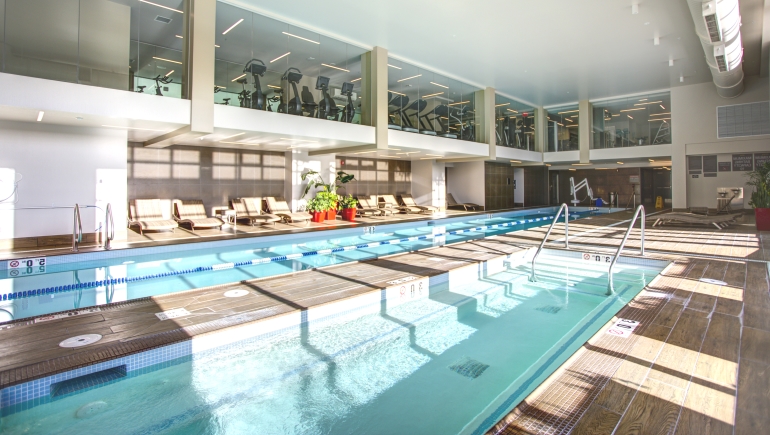Stratas: Maintenance fees and special levies
In British Columbia, more residents live in a strata unit than a detached home, and this number will continue to grow. A strata unit can be a townhome, condo, or du/tri/multi-plex.
Definitions of common strata terms is found here.
Living in a strata is a form of communal living. Although residents have their own units, known as their entitlement, they collectively own the building and common areas of the entire lot. Depending on the type of strata, some parts of the building in lot held in common can include the roof, lobby, green spaces, courtyards, and gardens. Strata lots can also include shared amenities like pools, gyms, meeting rooms, or clubhouses. All of these have maintenance costs that need to be paid for.
This is where the strata corporation comes in.

Strata costs
Strata corporations are required to create an annual operating budget that includes everyday costs of running the strata like utilities, landscaping, and garbage removal. This budget also includes contributions to the contingency fund which can be used for emergency spending. These are the maintenance fees.
There are times when bigger-ticket items are necessary. A new roof or replacing water pipes are expensive and can cost hundreds of thousands of dollars. When the contingency fund doesn’t have enough money to cover these costs, the strata corporation will assess a levy, a one-time charge, requiring the owners to cover the balance. Sometimes levies can be assessed to pay for the whole project.
Approval of costs
The strata corporation can expect payment for these costs once they’ve been approved by the owners. Each unit has one vote.
Stratas hold an Annual General Meeting for owners to vote on the operating budget, and possibly other resolutions related to the building. The budget is approved by a majority vote.
Stratas can also hold a Special General Meetings to vote on special levies and must be approved by at least a ¾ vote of the owners.